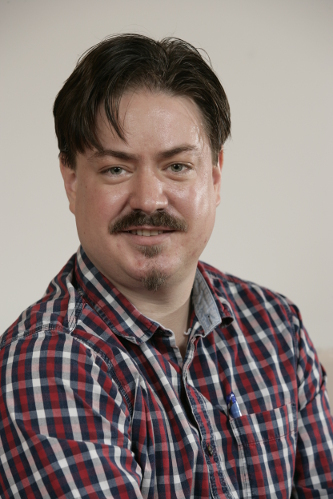Dundee University experts have created laser beams, described as similar to the Ghostbusters’ proton pack, that may hold the key to developing cancer-beating drugs.
The beams, called optical ‘traps’ or ‘tweezers’, are used to study and manipulate the mechanics of objects such as cells, bacteria and DNA within living things.
It is hoped that these studies can be used in future medical research including work to develop cancer drugs.
Whilst the ‘tweezers’ are not in themselves new, Dundee researchers used specialist technology to deploy them for the first time through hair-thin optical fibres capable of penetrating safely through living tissues.
This will enable researchers to access hidden cavities within living beings without causing any major damage.
Professor Sir Alfred Cuschieri, one of the authors of the new research, said: “While there are no immediate implications for health practice so far, there is significant potential for better understanding of mechanical actions of biological molecules.
“Thanks to optical tweezers, we now have a much better idea about functions of muscles at molecular level as well as genetic processes and their disruptions.
”Now we have the chance to access real depths of living organisms and, without affecting the processes of life and perform elaborate studies.”
Professor Čižmár, another author of the study, added: “Just like the proton packs used by the Ghostbusters, optical traps confine and manipulate objects.
“To the best of our knowledge, this work is the first demonstration of three-dimensional confinement and manipulation of micro-objects by light via an optical fibre.
“This represent a change for future research because the primary application of optical traps is the study of intracellular machineries, which are overactive in cancer, and for which a new generation of anti-cancer drugs are being developed.”
Intracellular machineries refers to the mechanisms inside a single cell.
The paper, published in the latest edition of the journal Nature Photonics, was authored by Dundee scientists Ivo Jorge Oliveira Teixeira Leite, Sergey Nikolayevich Turtaev, Professor Sir Alfred Cuschieri and Professor Tomáš Čižmár.
The study has been conducted in collaboration with university colleagues from Germany and the Czech Republic.










